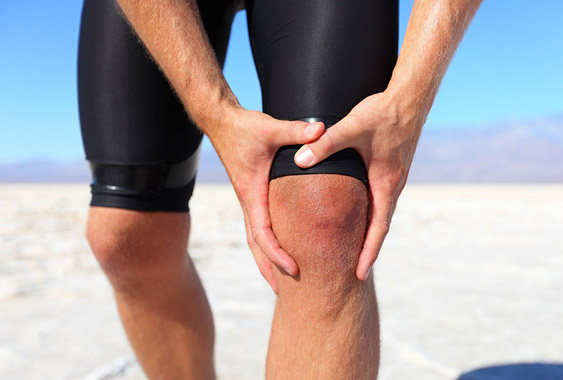ACL Reconstruction & Injury Treatment
The knee is considered as one of the most complex joints in the human body and is constrained to large forces during sporting activities. Anterior cruciate ligament sprain or tear is a common knee injury. Being the main stabilizing ligaments in your knee, half of all injuries to the anterior cruciate ligament inflict damage to other structures in the knee, such as articular cartilage, meniscus, or other ligaments.
The anterior cruciate ligament can injure in several ways:
ACL tears are common in sports that involve
- sudden stops,
- jumping, and
- changing direction.
- direct contact or collision (football tackle)
Symptoms of an ACL tear include:
- Popping sound at the point of injury
- A feeling of instability in the knee
- Pain and swelling in the knee joint
- Loss of full range of motion
- Tenderness along the joint line
- Discomfort while walking
Treatment
ACL injuries often require reconstructive surgery to repair them and will vary depending upon the patient's individual needs.
Nonsurgical treatment is effective for patients who are elderly or have a very low activity level. Bracing or physical therapy will restore function to your knee and strengthen the leg muscles that support it.
A physiotherapy clinic will provide comprehensive treatment and rehabilitation for ACL tears. This includes pre-surgery rehabilitation which involves increasing the strength in your knee. The ligament is reconstructed with a tissue graft to surgically repair the ACL, and restore knee stability. Surgery to rebuild an anterior cruciate ligament is done with an arthroscopic surgery that is less invasive.
A physical therapy program that focuses on returning motion to the joint and surrounding muscles will help you regain knee strength and motion after the surgery.
If you think you have an ACL tear, or scheduled for surgery, consult a registered physiotherapist who will conduct a skilled assessment and examination of the knee and initiate appropriate treatment.

Comments
Post a Comment